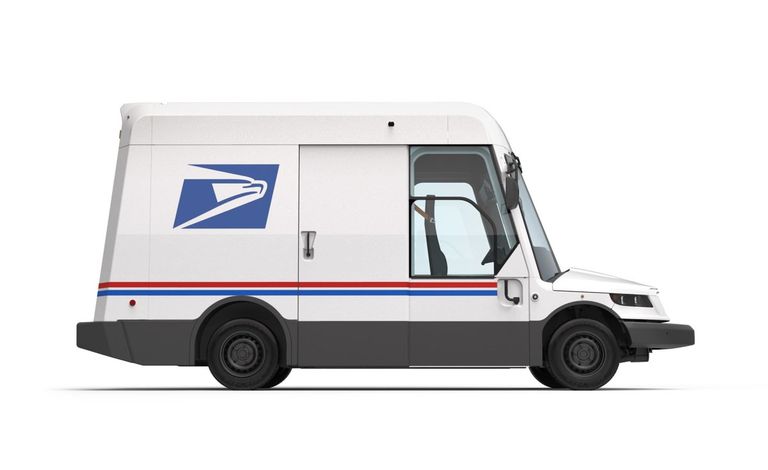The Ins and Outs of the US Postal Service Delivery
Exploring Delivery Times Across Distances
Processing and Routing
The US postal service aims to deliver letters and packages within a standard timeframe, though routing can add mileage. For example, if mailing within the same county, letters may be routed over 100 miles to a processing center before returning locally. This roundabout routing is due to centralized sorting facilities that organize mail for widespread distribution.

Dependable Delivery Windows
Standard first-class mail travels between major metro areas within 3 to 5 business days under normal circumstances. This window provides a reliable expectation between locations like Las Vegas to New York City. Occasional variations can occur when extra transit days coincide with weekends or holidays. Tracking priorities closely, one client received their Las Vegas check in the expected 3-day window. Another time, a Sunday intervened and extended transit to 4 business days. Overall, the postal service fulfills its core function of safe and timely delivery across great distances through its extensive nationwide infrastructure.
Express Delivery for Time Sensitivity
Certain situations demand swifter movement of critical documents or packages. Overnight priority mail express cuts the delivery timeframe and provides the assurance of next-business-day arrival between even the most remote pairing of origins and destinations. This level of service carries a premium cost but guarantees arrival within 24 hours between locations as far apart as Las Vegas and Hawaii.
Assessing Delivery Factors
Volume Fluctuations and Weather Woes
While infrastructure strives to process standard volumes efficiently, higher mail volume around holidays can slow throughput. Adverse weather also poses a risk of delays depending on severity and locations impacted along the route. These less controllable variables mean estimated delivery times may exceed the typical window under unusual conditions.
Room for Unexpected Disruptions
No system operates without potential for disruptions. Leave additional buffer time whenever mail transit matters most, like between a bill’s mailing and due date. Unforeseen events like equipment malfunctions, natural disasters, or other anomalies could occasionally prolong transit beyond estimates. Building in a safety net respects realities of operating at scale across diverse geographies.
Continuous Process Improvement
Ongoing modernization helps the postal service strengthen performance over time. Technological upgrades and strategic facility planning optimize coordination between regional distribution centers. Data analysis likewise informs efficient routing adjustments and capacity allocation. These efforts aim to minimize exceptions to promised transit windows, balancing predictable service with capacity for growth nationwide.
Conclusion
When timeliness matters, USPS delivery generally lives up to its commitments transporting letters and packages between all reaches of the continental United States. Estimated 3 to 5 day transit windows serve as reliable guidelines between most city pairs. For the most urgent correspondence, priority express cuts that timeframe to an unprecedented 24 hours or less. Though occasional fluctuations may occur, continuous improvement efforts reinforce the postal service as a foundation of connectivity spanning every American community.
